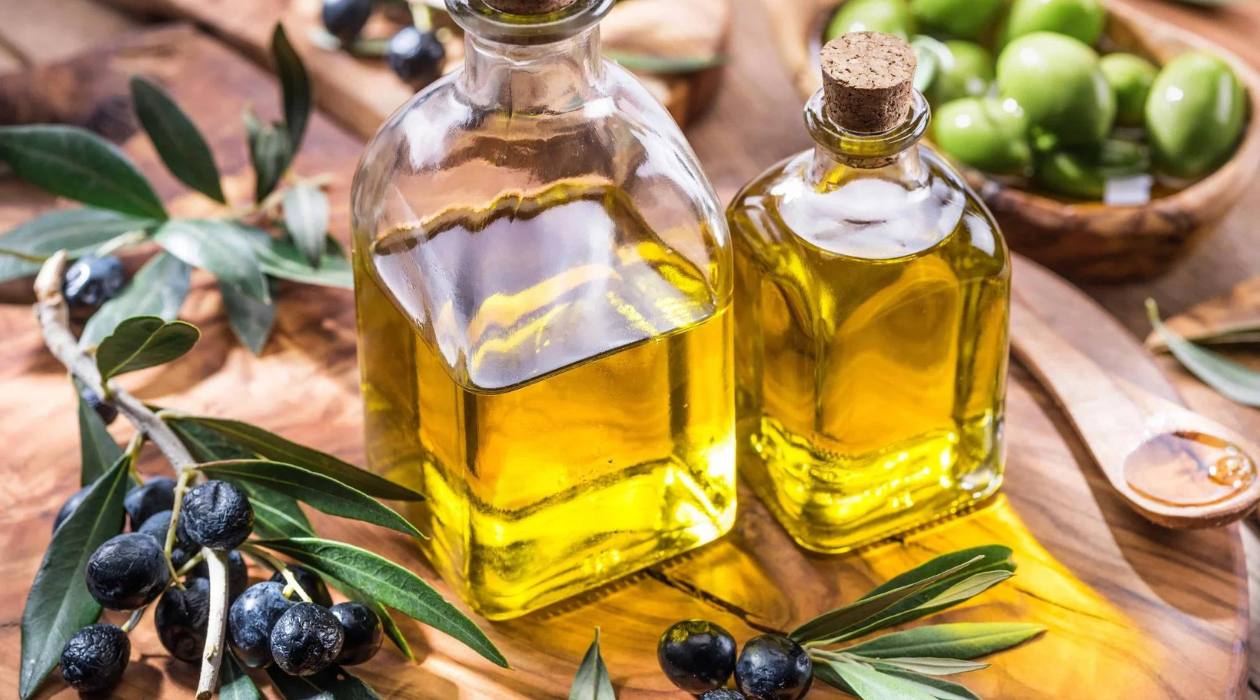

Articles
How To Store Infused Olive Oil
Modified: January 6, 2024
Learn how to store infused olive oil properly and keep it fresh for longer. Our articles provide useful tips and guidelines for storage to preserve the flavors.
(Many of the links in this article redirect to a specific reviewed product. Your purchase of these products through affiliate links helps to generate commission for Storables.com, at no extra cost. Learn more)
Introduction
Welcome to the world of infused olive oil! If you’re a fan of adding flavor to your dishes, then infused olive oil is a must-have in your kitchen arsenal. Whether you’re looking to create a zesty Italian dressing, a fragrant herb-infused oil, or a spicy chili-infused oil, the possibilities are endless.
Olive oil is not only a staple in many culinary traditions, but it also boasts numerous health benefits. Infusing olive oil with various ingredients allows you to elevate its flavors and create unique combinations that can enhance the taste of your dishes. Whether you’re a seasoned chef or a novice in the kitchen, learning how to store infused olive oil properly ensures that you can enjoy its flavors for an extended period.
In this article, we will guide you through the process of storing infused olive oil, from choosing the right olive oil to selecting infusion ingredients and preparing the oil. We will also provide tips and precautions to ensure that your infused olive oil stays fresh and flavorful. Let’s get started!
Key Takeaways:
- Elevate your dishes with infused olive oil! Choose high-quality ingredients, store properly, and get creative with flavors to enjoy a burst of homemade goodness in every dish.
- Infusing olive oil is a rewarding journey. From selecting the right oil to experimenting with flavors, follow proper storage and unleash your culinary creativity for delicious, long-lasting results.
Read more: How To Store Infused Coconut Oil
Choosing the Right Olive Oil
When it comes to choosing the right olive oil for infusions, it’s crucial to opt for a high-quality, extra virgin olive oil. Extra virgin olive oil is the purest and least processed form of olive oil, making it ideal for infusions. Look for olive oils that are labeled as “cold-pressed” or “first cold-pressed,” as these terms indicate that the oil is extracted without the use of heat or chemicals, preserving the flavor and nutritional value.
Additionally, consider the origin of the olive oil. Different regions produce olive oils with distinct flavors, so you can experiment with oils from different countries to find the one that suits your palate best. Some popular options include Italian, Spanish, Greek, or California olive oils.
When purchasing olive oil, pay attention to the expiration date and make sure you choose one with a long shelf life. This is especially important when infusing olive oil, as the infusion process can extend the oil’s shelf life.
Lastly, opt for olive oil that comes in a dark glass bottle or tin. This helps protect the oil from light exposure, which can cause oxidation and spoilage. Avoid purchasing olive oil in plastic containers, as they can leach chemicals into the oil.
By selecting high-quality olive oil, you lay the foundation for a delicious and long-lasting infused oil. Now, let’s move on to selecting the perfect infusion ingredients!
Selecting Infusion Ingredients
When it comes to selecting infusion ingredients for your olive oil, the options are virtually limitless. From herbs and spices to citrus fruits and chili peppers, you can get creative and experiment with different flavor combinations. Here are a few ideas to get you started:
Herbs: Some popular herbs for infusing olive oil include rosemary, thyme, basil, oregano, and cilantro. These herbs add a delightful aromatic and savory touch to your oil.
Spices: Spices like garlic, peppercorns, cumin, coriander, and paprika can add a bold and unique flavor profile to your infused olive oil.
Citrus Fruits: Lemons, limes, oranges, and grapefruits can lend a bright and refreshing citrusy note to your infusion. You can use the zest, juice, or even thin slices of the fruit.
Chili Peppers: If you enjoy a bit of heat, adding chili peppers like jalapenos, serranos, or habaneros can create a spicy and flavorful infused oil.
Other Additions: Don’t be afraid to think outside the box. You can experiment with ingredients like roasted garlic, sun-dried tomatoes, truffle, ginger, or even dried mushrooms to infuse your olive oil with unique flavors.
When selecting your ingredients, it’s important to use fresh and high-quality produce to ensure optimal flavor. Organic options are also a good choice to avoid any potential pesticide residues. Wash and dry your ingredients thoroughly before using them to prevent any moisture from spoiling the oil.
Remember, infusing olive oil is all about personal preference, so feel free to mix and match your favorite ingredients to create your own signature flavor combinations. Now that we have our ingredients ready, let’s move on to preparing them for the infusion process.
Preparing the Ingredients
Before infusing the olive oil, it’s essential to properly prepare the ingredients to maximize their flavor and prevent any potential spoilage. Here are some steps to follow when preparing your infusion ingredients:
Wash and Dry: Start by washing the herbs, spices, citrus fruits, or chili peppers under cold running water to remove any dirt or residue. Gently pat them dry with a clean kitchen towel or paper towels to remove excess moisture.
Crushing or Chopping: For herbs and spices, lightly crush or chop them to release their oils and enhance the flavor. This can be done using a mortar and pestle, a knife, or even by placing them in a ziplock bag and gently crushing them with a rolling pin.
Zesting: If you’re using citrus fruits, you can zest the outer layer of the peel using a microplane or zester. Zesting adds a bright and aromatic flavor to the oil. Avoid including the bitter white pith beneath the zest.
Slicing: If you’re incorporating citrus slices into your infusion, thinly slice the fruit and remove any seeds. This allows the flavors to infuse more effectively into the oil.
Roasting or Toasting: Some ingredients, like garlic or certain spices, can benefit from roasting or toasting before adding them to the oil. This process brings out a deeper and richer flavor. Roast garlic bulbs in the oven until they become soft and caramelized, or toast spices in a dry pan until they become fragrant.
By preparing your ingredients properly, you ensure that their flavors are fully released during the infusion process. Now that everything is ready, it’s time to infuse the olive oil.
Infusing the Olive Oil
Now comes the exciting part – infusing the olive oil with your selected ingredients! Follow these steps to infuse the oil with rich flavors:
- Choose the Infusion Method: There are a few different methods for infusing olive oil. The cold infusion method involves simply combining the ingredients with the oil and letting it sit at room temperature for about a week. The heat infusion method involves gently heating the oil and ingredients on the stovetop. Choose the method that suits your preference and availability of time.
- Add the Ingredients: Place the prepared ingredients into a clean, dry glass jar or bottle. You can layer them or mix them together based on your desired flavors.
- Pour in the Olive Oil: Carefully pour the olive oil into the jar or bottle over the ingredients, ensuring that they are fully submerged. Use a funnel if necessary to avoid any spills or mess.
- Seal and Store: Tightly seal the jar or bottle and give it a gentle shake to mix the ingredients. Place it in a cool, dark location away from direct sunlight and let the infusion process begin.
- Infusion Time: Depending on your desired intensity of flavor, let the oil infuse for at least a week. The longer you infuse, the stronger the flavors will become. Remember to occasionally give the bottle a gentle shake to distribute the flavors evenly.
- Taste and Strain: After the desired infusion time, taste a small amount of the oil to check the flavor. If it’s to your liking, strain the oil through a fine mesh sieve or cheesecloth to remove the solid ingredients. Transfer the infused oil to a clean, airtight bottle or container for storage.
Infusing olive oil is a simple yet rewarding process that allows you to customize your oil with unique flavors. With patience and creativity, you can create a range of infused oils to elevate your culinary creations. Now that the oil is infused, let’s move on to the next important step: properly storing it to maintain its quality.
Store infused olive oil in a cool, dark place to preserve its flavor and quality. Avoid exposure to heat, light, and air to prevent oxidation. Use a dark glass bottle to further protect the oil from light.
Read more: How To Store Olive Oil Cake
Storing Infused Olive Oil
Proper storage is essential to maintain the freshness and quality of your infused olive oil. Follow these guidelines to ensure your oil stays flavorful and safe for consumption:
- Choose the Right Container: Transfer the infused olive oil into a clean, dark glass bottle or container with a tight-fitting lid. The dark glass helps protect the oil from light and extends its shelf life.
- Keep it Cool and Dark: Store the infused oil in a cool, dark place, such as a pantry or cupboard, away from direct sunlight, heat sources, and moisture. Exposure to light and heat can cause the oil to oxidize and become rancid.
- Avoid Temperature Changes: Fluctuations in temperature can affect the quality of the oil. It’s best to store the oil at a consistent temperature, preferably between 50°F (10°C) and 68°F (20°C).
- Label and Date: Label the bottle with the date of infusion to keep track of its freshness. Also, indicate the flavors or ingredients used for easy reference.
- Use it Within a Reasonable Timeframe: While infused olive oil can last longer than plain olive oil, it’s still recommended to use it within 3 to 6 months for optimal flavor. Over time, the intensity of flavors may diminish.
- Check for Signs of Spoilage: Before using the infused oil, check for any signs of spoilage, such as an off smell, mold growth, or a cloudy appearance. If you notice any changes, discard the oil to avoid any health risks.
Proper storage helps preserve the freshness and flavors of the infused olive oil, allowing you to enjoy it in various culinary creations for an extended period. Now that we know how to store the oil, let’s explore some exciting ways to incorporate it into your dishes.
Using Infused Olive Oil
Infused olive oil adds a burst of flavor to a wide range of dishes. Here are some delicious ways to use your infused olive oil:
- Dressings and Marinades: Use your infused oil as a base for homemade salad dressings or marinades. The flavors will enhance your salads, vegetables, meats, and seafood.
- Dipping Oil: Create a flavorful dipping oil for bread by combining your infused olive oil with some balsamic vinegar, herbs, and spices. It’s perfect for entertaining or enjoying a cozy meal at home.
- Sautéing and Roasting: Infused olive oil can add depth and complexity to your sautéed vegetables or roasted meats. The flavors will infuse into the ingredients, creating a delightful taste experience.
- Pasta and Pizza: Drizzle your infused oil over cooked pasta or use it as a tasty topping for pizzas. The flavors will elevate these classic dishes to a whole new level.
- Flavor Finishing Touch: Add a drizzle of infused olive oil to your finished dishes just before serving. It’s an excellent way to enhance flavors and provide a vibrant finishing touch.
- Baking: You can even incorporate infused olive oil into certain baked goods like bread or focaccia. The unique flavors will add a delightful twist to your homemade baked treats.
Remember to adjust the quantity of the infused oil to suit your taste preferences and the specific dish you’re preparing. It’s always a good idea to start with a small amount and gradually add more if needed.
Now that you have a variety of ideas for using your infused olive oil, it’s important to keep a few tips and precautions in mind to ensure the best results.
Tips and Precautions
Here are some helpful tips and precautions to consider when working with infused olive oil:
- Storage Containers: Ensure that the containers used for infusing and storing your oil are clean, dry, and free from any residual odors. Any leftover moisture or contaminants can lead to spoilage.
- Quality Ingredients: Use fresh, high-quality ingredients for infusion to achieve the best flavors. Avoid using wilted herbs, overripe fruits, or spices that have lost their aroma.
- Proper Straining: When straining the infused oil, make sure to remove all solid ingredients to prevent any potential bacterial growth. The presence of moisture or organic matter can increase the risk of spoilage.
- Controlled Infusion Time: Pay attention to the infusion time to achieve the desired flavor intensity. Extend the infusion period for stronger flavors, but avoid going beyond a few weeks, as the oil may become too strong or potentially unsafe.
- Label Clearly: Clearly label your infused olive oil bottles with the infusion date and the ingredients used. This way, you can keep track of freshness and identify each unique flavor combination.
- Monitor for Spoilage: Regularly check the infused oil for any signs of spoilage such as an off smell, mold, or cloudiness. If any changes are detected, discard the oil immediately.
- Avoid Contamination: To prevent cross-contamination, use clean utensils and equipment when handling the infused oil. Avoid dipping dirty or wet spoons into the bottle, as this can introduce moisture and bacteria.
- Experiment and Have Fun: Don’t be afraid to get creative and try out different flavors and combinations. Infused olive oil is a perfect opportunity to explore your culinary creativity and experiment with ingredients and techniques.
By following these tips and precautions, you can ensure the safety and quality of your infused olive oil, allowing you to enjoy its flavors to the fullest. Now, armed with all this knowledge, it’s time to get started on your infused olive oil journey!
Conclusion
Infused olive oil is a fantastic way to elevate your culinary creations and add a burst of flavor to your dishes. By following the steps outlined in this guide, you can easily create your own unique infused olive oil at home. From choosing the right olive oil and selecting infusion ingredients to properly preparing and storing the oil, each step plays a crucial role in ensuring a delicious and long-lasting product.
Remember to always use high-quality ingredients, wash and dry them thoroughly, and choose a suitable infusion method. Proper storage in a dark, cool place will help preserve the flavors and extend the shelf life of your infused oil. Labeling the bottles and monitoring for signs of spoilage are essential practices to ensure the safety and quality of the oil.
Once you have your infused olive oil ready, the possibilities are endless. Use it in dressings, marinades, sautés, or as a finishing touch. Let your imagination guide you and experiment with different ingredients and flavor combinations to create your own signature oils.
Infused olive oil adds a touch of creativity and uniqueness to your culinary repertoire. With a little time and effort, you can enjoy the delightful flavors of homemade infused olive oil and impress your friends and family with your culinary expertise.
So go ahead, get started on your infused olive oil journey and unleash the delicious possibilities that await. Happy infusing!
Frequently Asked Questions about How To Store Infused Olive Oil
Was this page helpful?
At Storables.com, we guarantee accurate and reliable information. Our content, validated by Expert Board Contributors, is crafted following stringent Editorial Policies. We're committed to providing you with well-researched, expert-backed insights for all your informational needs.
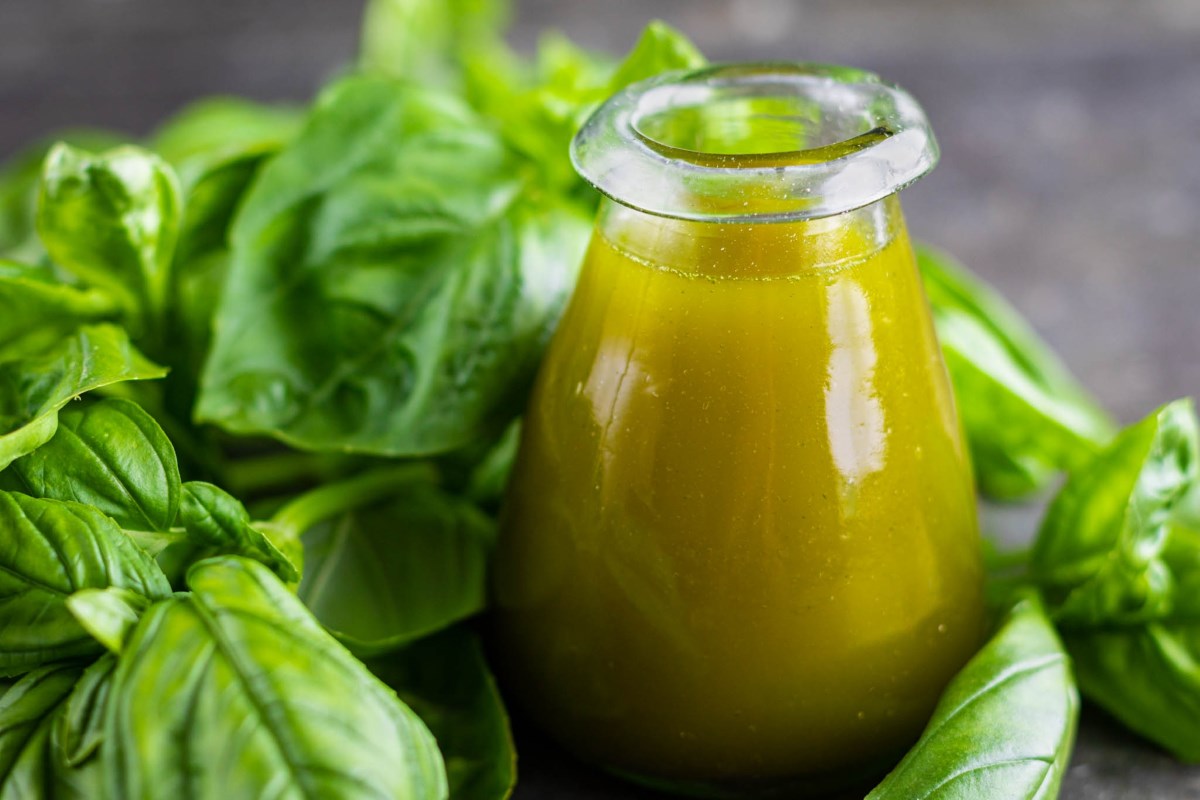
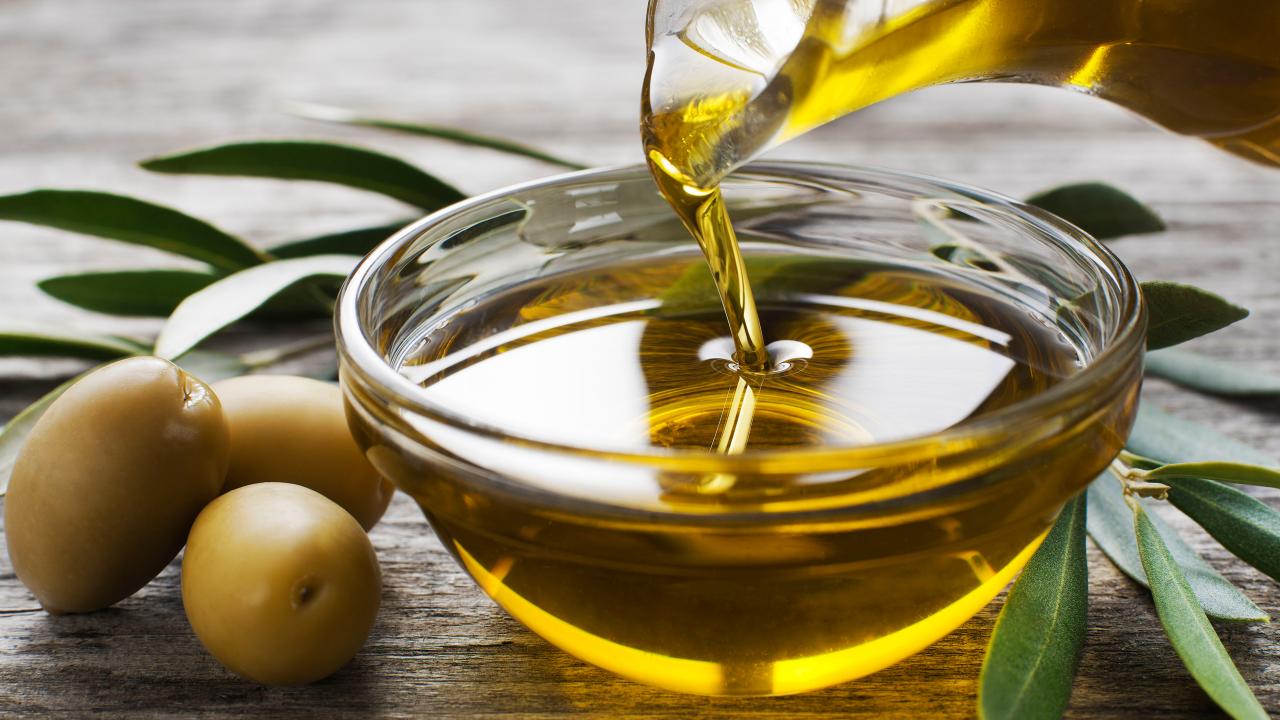
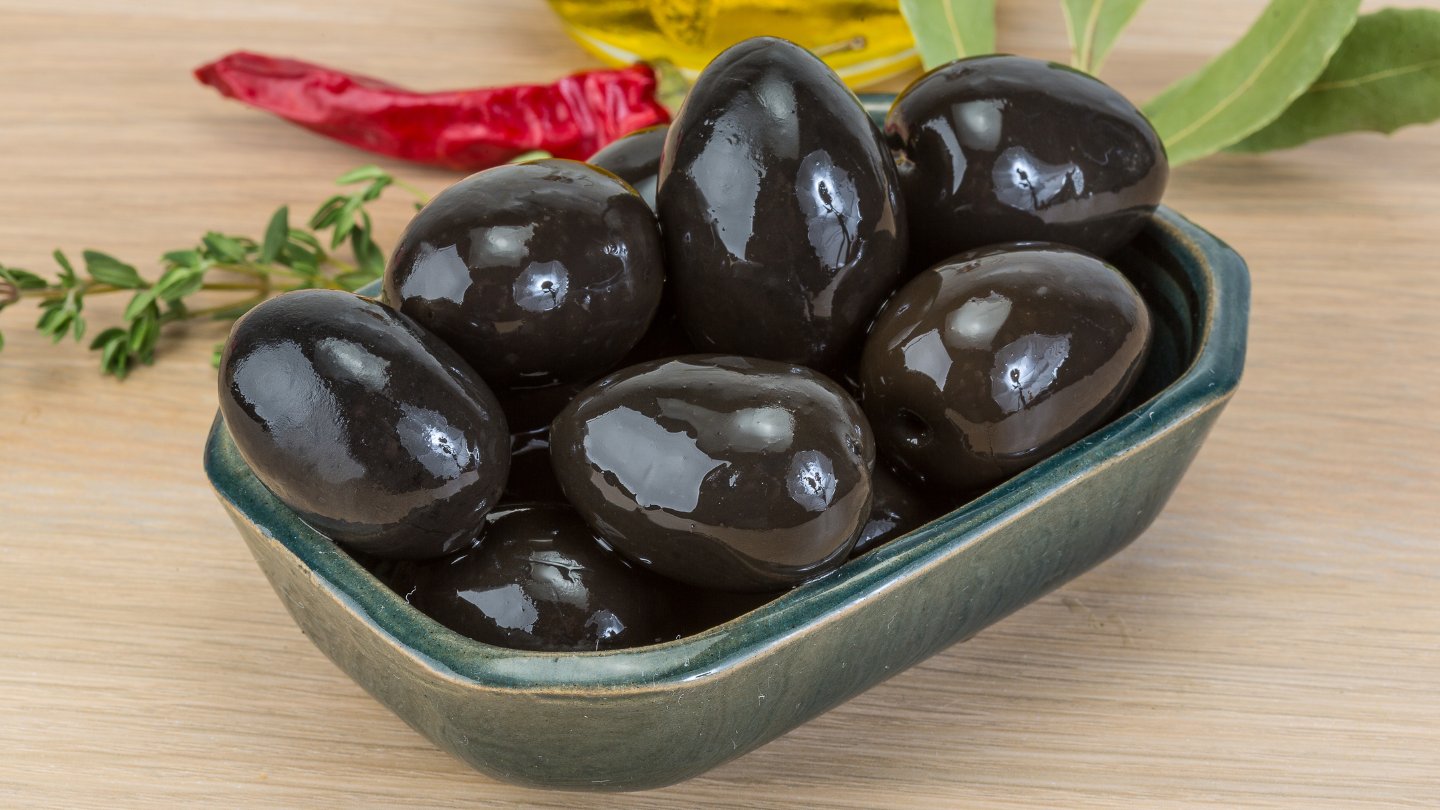

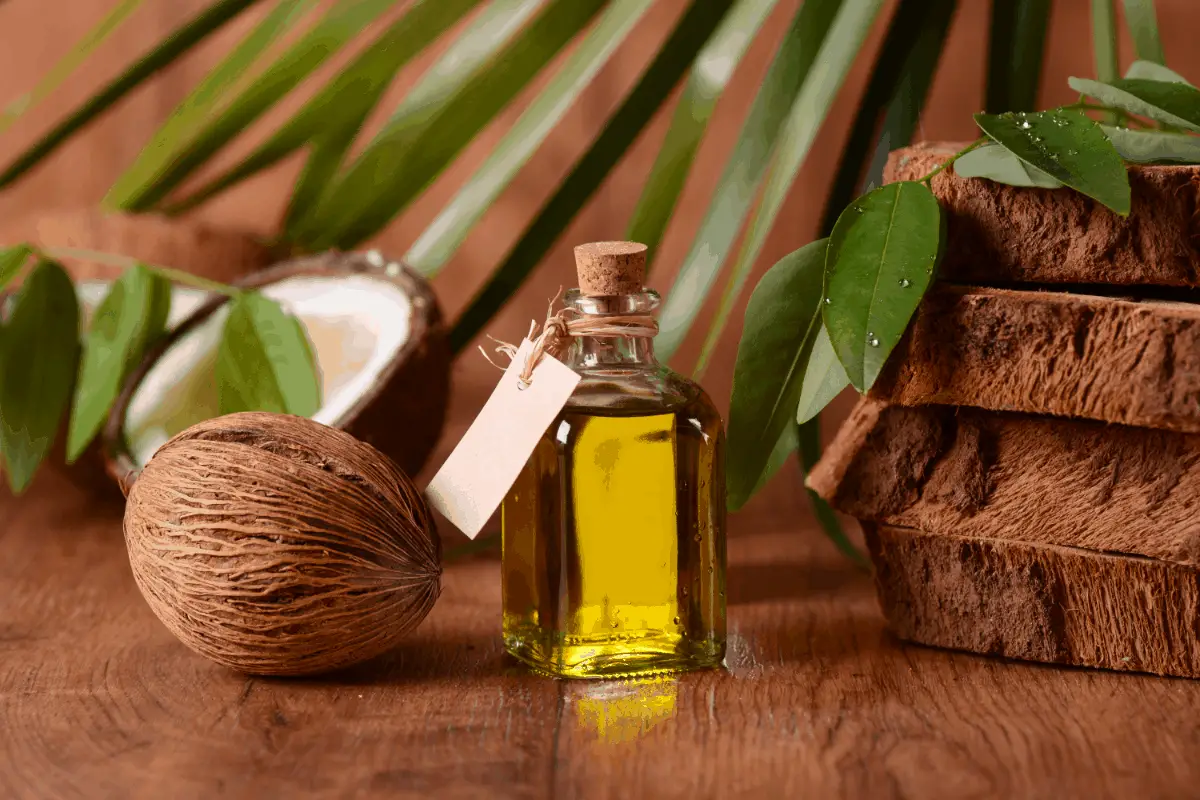

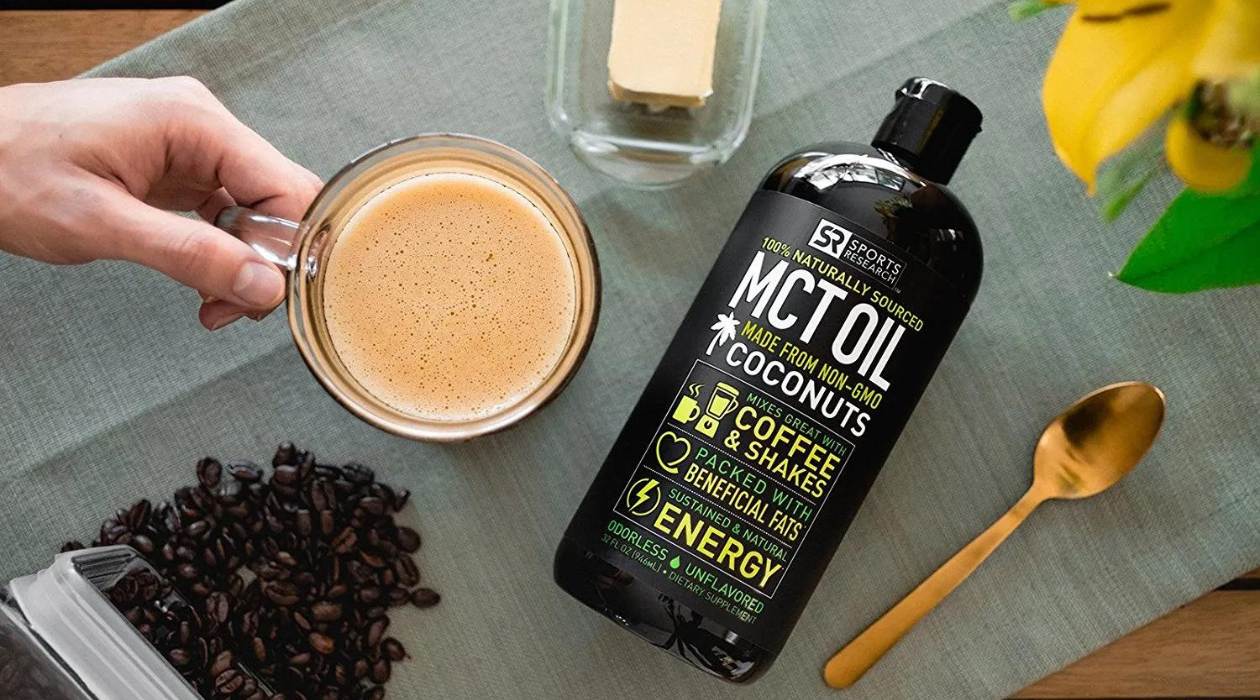


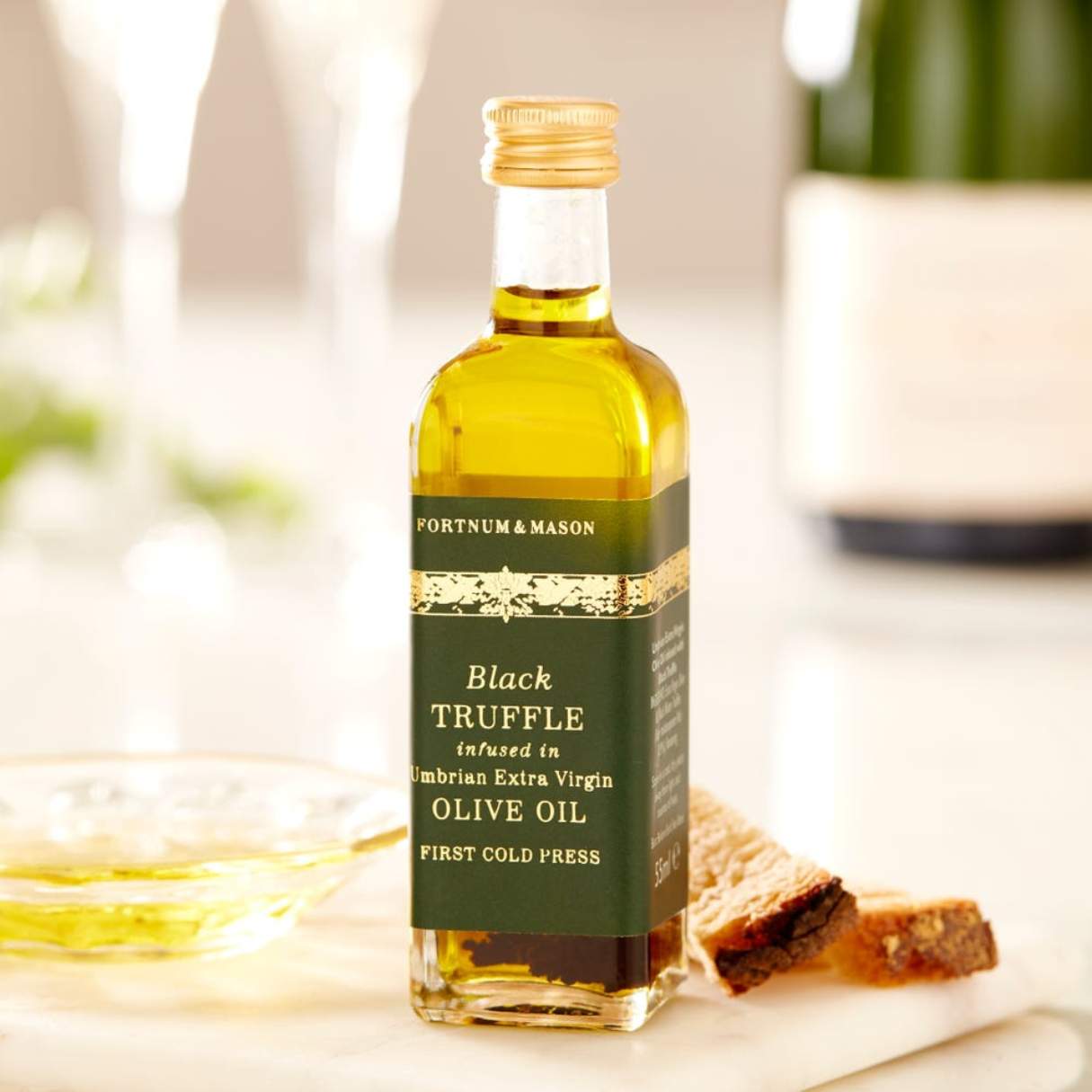

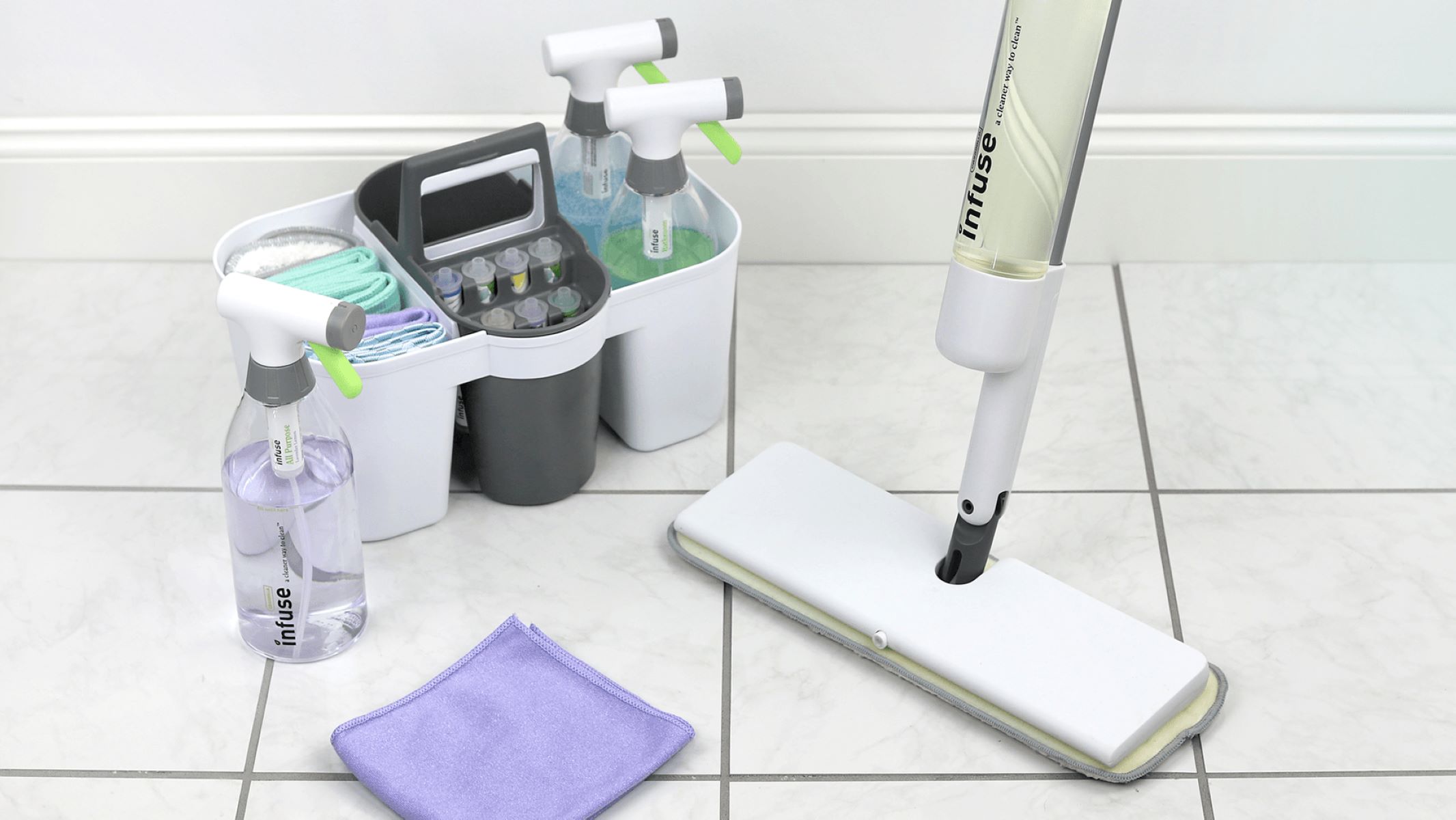

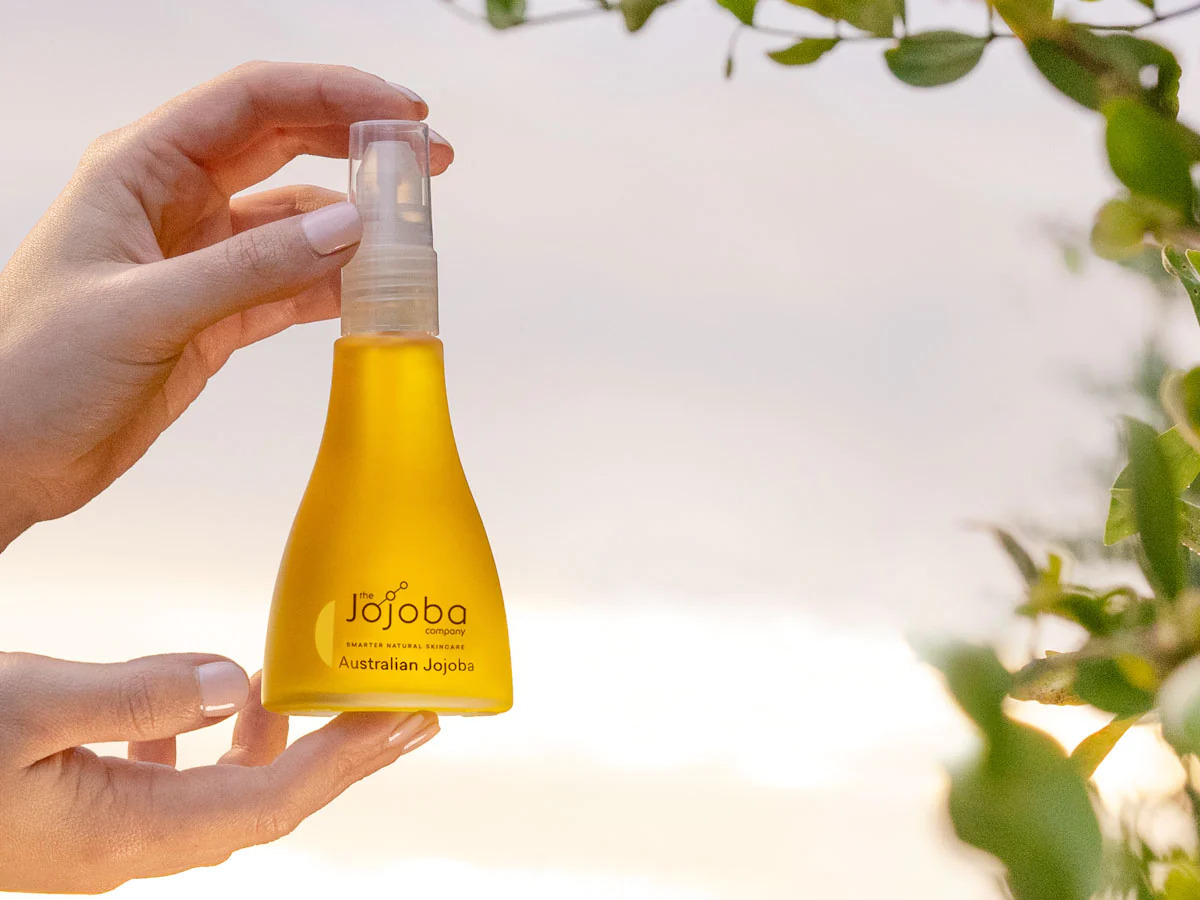

0 thoughts on “How To Store Infused Olive Oil”